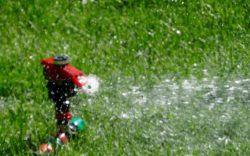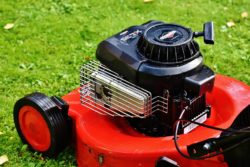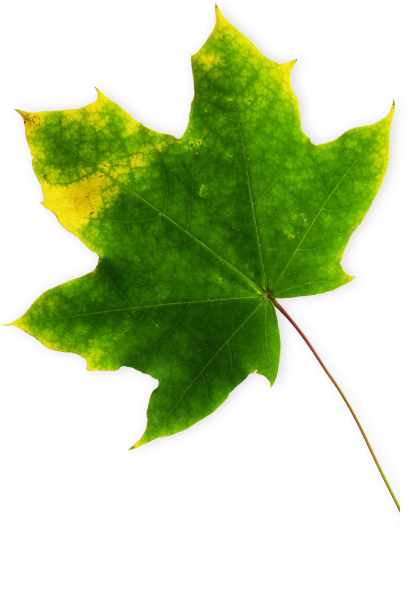Do you want this year’s lawn to be your best ever? Watering and mowing your grass correctly is vital to a healthy, great looking lawn. For lawns growing in the Northeast, follow these simple rules to get it right!
Best Practices for Watering Your Lawn
How often to water –  Water your lawn infrequently and deeply. This means that watering every other day is preferable to watering every day. Lawns will react differently based upon the frequency of irrigation. If you water every day of the week, your lawn will have a shallower root system than it would if you watered every other day of the week. Lawns require water and if none is present where the roots are the roots will go off in search of that water. More roots equal a more resilient turfgrass plant.
Water your lawn infrequently and deeply. This means that watering every other day is preferable to watering every day. Lawns will react differently based upon the frequency of irrigation. If you water every day of the week, your lawn will have a shallower root system than it would if you watered every other day of the week. Lawns require water and if none is present where the roots are the roots will go off in search of that water. More roots equal a more resilient turfgrass plant.
How much to water – The amount of water a lawn requires is unique to the lawn. Even areas within the same lawn have different requirements based upon differences in soil, exposure to the sun, the time of day that it is either sunny or shady, etc. A good rule of thumb is to ensure that a minimum of one inch of water is available to the lawn per week. If it rains one inch then no additional irrigation is required; if it does not rain then that one inch should be applied through the irrigation system.
When to water – The best time of day to water your lawn is in the early morning before sunrise. Typically the coolest and least windy time of day. Water applied at this time of day has the chance to soak into the soil before it evaporates. Contrary to popular belief, watering early in the morning can also minimize the risk of fungal diseases. If you’re watering manually, try to finish as soon as you can during the day.
Best Practices for Mowing Your Lawn
Mow to a recommended height of 2 ½ to 3 inches –  Mowing height is key to proper turfgrass management; too tall and the grass will lay over, too short and the grass does not have enough leaf tissue to conduct sufficient photosynthesis. Each species of grass has its own optimum height of cut, a range in which it best tolerates mowing. For the three main turfgrasses that we cultivate in the Northeast, bluegrass, ryegrass, and fescue, that height is two and a half to three inches (2 ½” – 3”).
Mowing height is key to proper turfgrass management; too tall and the grass will lay over, too short and the grass does not have enough leaf tissue to conduct sufficient photosynthesis. Each species of grass has its own optimum height of cut, a range in which it best tolerates mowing. For the three main turfgrasses that we cultivate in the Northeast, bluegrass, ryegrass, and fescue, that height is two and a half to three inches (2 ½” – 3”).
Follow the One-Third Rule – The One-Third Rule states that you should not remove more than one-third of the total height of the lawn with any one mowing. For example, if the lawn is cut to a height of 3 inches, then never let the lawn grow beyond 4.5 inches before mowing. The One-Third Rule determines the frequency of cut. Typically, once per week during the season is sufficient, but you may have to cut as often as once every fifth day during the spring when it’s growing quickly.
Always mow with a sharp blade – A rotary mower cuts by blunt force. A sharp blade will cause the least trauma to the leaf and give the best results. A dull blade leaves wounds that are an entrance point for disease. This is noticeable by a dull white appearance to the lawn after mowing. You should sharpen your blades at least once or twice a season.
Return the clippings – Grass clippings break down quickly and are recycled back into nutrients to feed your lawn. There are two instances when we recommend bagging the clippings. The first is when too much time has passed between mowing and clumping occurs. The second is if there’s an increase in weed seed so it’s not spread throughout the lawn.
We hope you have found our watering and mowing tips helpful. Proper watering and mowing will play a crucial role in the health and care of your lawn. If you have any questions please don’t hesitate to call us at (781) 297-3674 or click here to learn more about our lawn care program.
